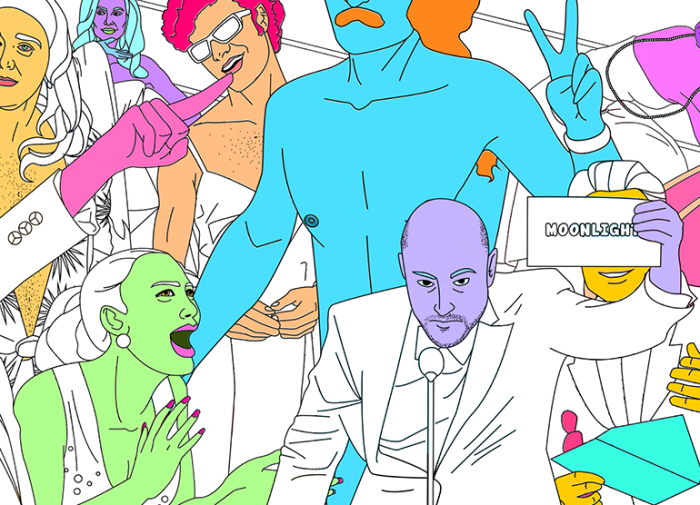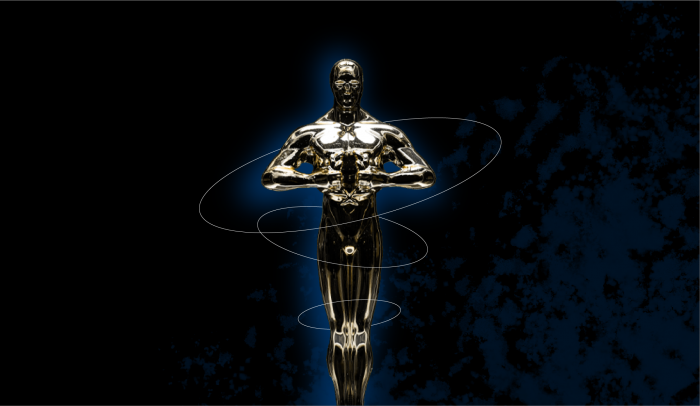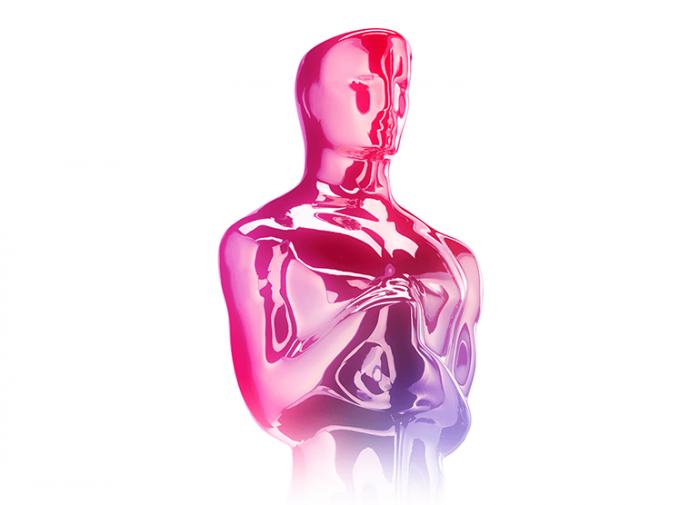Movie stars get plenty of love every Oscars season, and we’re not here to get mixed up in another Best Actress debate. But what about the artists behind the screen that bring movies to life? You know, the visual creatives that elevate a movie from a video recording to an art form.
The Academy announced its 2022 Academy Award nominees, and leading up to the ceremony on March 27th, we’re looking at a few categories through a purely visual lens. We begin with Best Cinematography, honoring those in charge of the camera and the lighting crew. The cinematographer is also known as the director of photography (DP).
Here are the nominees that made powerful use of stunning landscapes and intricate interiors to bring their respective films to life:
2021 Winner: Mank (Erik Messerschmidt)
2022 Nominees:
Dune (Greig Fraser)
Nightmare Alley (Dan Laustsen)
The Power of the Dog (Ari Wegner)
The Tragedy of Macbeth (Bruno Delbonnel)
West Side Story (Janusz Kamiński)
Dune (Greig Fraser)
Visualizing the sandy hills of Arrakis and the planet’s logic-defying worms is a daunting task for any filmmaker; just ask David Lynch or Alejandro Jodorowsky, both of whom couldn’t execute on their grand visions. But here, director Denis Villeneuve and cinematographer Greig Fraser delivered an epic experience. They conjured a world that some fans said perfectly matched what they imagined when they first read Frank Herbert’s 1965 sci-fi classic. Though Dune is set in the distant future, and though some clothing and sets are reminiscent of the past, it’s striking how the film is shot to feel like its world really exists.
“There was this feeling of Greig immersing himself into a culture and trying to capture moments that felt relevant,” Villeneuve told Vanity Fair of his DP. “It reminds me of the spirit of documentaries. To do that kind of approach on a science fiction movie, it blew my mind.”
The frontrunner in the category, Fraser is a two-time nominee in Cinematography, previously recognized for 2016’s Lion. And although he hasn’t claimed an Oscar yet, he did win a Primetime Emmy in 2020 for the Disney+ series The Mandalorian.
Nightmare Alley (Dan Laustsen)
The best word to describe Nightmare Alley is “sinister.” For this film set in the early 1940s, cinematographer Dan Laustsen worked with director Guillermo del Toro to maximize creepy, haunting carnival vibes, fully immersing the viewer in this disturbing underworld. Laustsen said he and del Toro played with lighting and shadows to visualize the trajectory of Stan, a con man played by Bradley Cooper.
“His character is very dark and we play around with that in the lighting,” Laustsen said in an interview with The Wrap. “Deep black shadows. One side of his face is in the light and he’s always going towards the darkness.”
Laustsen frequently collaborates with del Toro; his first Oscar nomination was for The Shape of Water, a Best Picture winner in 2017.
The Power of the Dog (Ari Wegner)
This year’s Academy Awards will be the 94th annual. Twenty-three of the 24 categories have been claimed by a woman at some point. The only one that hasn’t? Best Cinematography.
Ari Wegner is looking to rewrite history this year. She’s the first woman to even garner a nomination since Rachel Morrison for Mudbound in 2017, and Morrison was the first woman ever nominated in this category. Wegner is also the youngest nominee in this year’s field, and the only one to be nominated for the first time.
But while the historical odds are stacked against her, this Australian cinematographer belongs in this group, and she’ll likely be a fixture for years to come. To tell director Jane Campion’s story of masculinity and vulnerability on a ranch in ’20s Montana, Wegner got the most out of stunning natural landscapes and dark, foreboding interiors. She told The Hollywood Reporter that she tried to immerse the audience in a “familiar” atmosphere with her shots. “When we tap into our own memories and emotions, something really unlocks,” Wegner said. “I love when lighting can evoke a familiar sense of time and place.”
The Tragedy of Macbeth (Bruno Delbonnel)
Until 1966, the Academy handed out two cinematography awards—one for black-and-white films, and one for color. But monochrome is making something of a comeback: Two of the past three winners for cinematography (including last year’s Mank) have been black-and-white. Bruno Delbonnel is hoping to turn back the clock yet again and score the third victory for black-and-white cinematography since 2019.
Macbeth was shot entirely on sound stages with hand-painted backdrops rather than making use of more modern technologies like CGI. “We thought that the theatricality of a painted sky was more interesting than trying to create a sky later in post,” Delbonnel told IndieWire, “so we embraced old-fashioned technology.”
The French cinematographer is a longtime collaborator of the Coen brothers, and he’s been nominated for the Oscar in this category six times (most recently for 2017’s Darkest Hour). He’s one of the most decorated cinematographers still searching for a win in the category.
West Side Story (Janusz Kamiński)
It takes guts to try to breathe new life into a beloved old story, particularly one that comes from musical theater’s undisputed champion. And a previous film adaptation won 10 Oscars to boot! Well, director Stephen Spielberg and cinematographer Janusz Kamiński have guts. Here, the two heavyweights delivered a critically-lauded masterpiece (though it drew a disappointing box office), garnering nominations in most of the major Oscar categories.
West Side Story captures the lives of two lovers caught between competing street gangs in 1950s New York. This film is boldly and proudly colorful: “It’s a love story, so why be too delicate and subtle?” Kamiński said in an interview with IndieWire. But the story isn’t all bright and poppy; during the final fight scene, Kamiński built an elaborate lighting rig to add shadows and create dramatic tension.
The only multi-time winner of 2022’s nominees, Kamiński has the most accolades of the group. The Pole is Spielberg’s preferred cinematographer, and he has previously won the Oscar in this category for two of their tag-teamed efforts (Schindler’s List and Saving Private Ryan).



